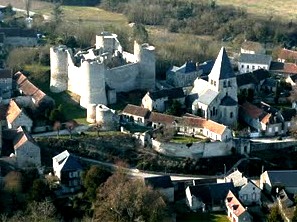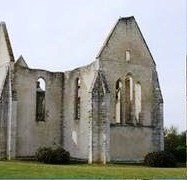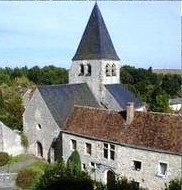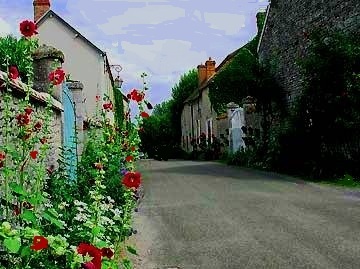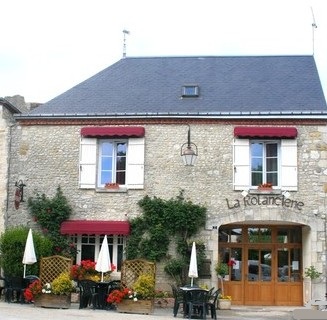|
Image source
air.gatinais.free.fr
The charm of the
village of Yèvre-le-Chatel ( listed as one of 'Les Plus Beaux
Village de France') lies in its simplicity and authenticity - which
is indeed the hallmark of these listings. Its location between
Paris (90km) and Orleans (45km) made it a popular defensive site
from as early as the 10th century. The remains of the castle you see
today are those of the fortress built in
the 13th century under Philip Augustus. Its design like many others
of the time was heavily influenced by knowledge gained by the
developments in military defensive architecture witnessed during the
'Crusades' Indeed it proved its worth during the 'Hundred
Years War ' being the only defensive stronghold north of the river
Loire not to be captured by the English or the Burgundians. By the 15th century however, like many such
stongholds, it became redundant with the advent of canon-power and
although the castle was occupied by the Huguenots In 1562, during
the Wars of Religion, the collapse of its interior vaults made it
uninhabitable. It was then left to crumble during the
following century.
There are two churches in the village the
church of St Gault (former chapel of the castle), still open for
worship and the ruins of the church of St Lubin .
There is a debate
as to whether it is this way due to religious or military war or as
some say, it was just never completed - surely a rare thing among
buildings of worship!
The village is small but a walk through its
alleyways lined by crumbling walls covered with multicoloured
flowers will delight you. The pretty limestone houses are a treat.
The castle is illuminated at night giving a different look to its
surroundings.
There is a restaurant 'The Rolanciene' in
the village serving traditional fare.
Directions and time to Yevre le Chatel
|

